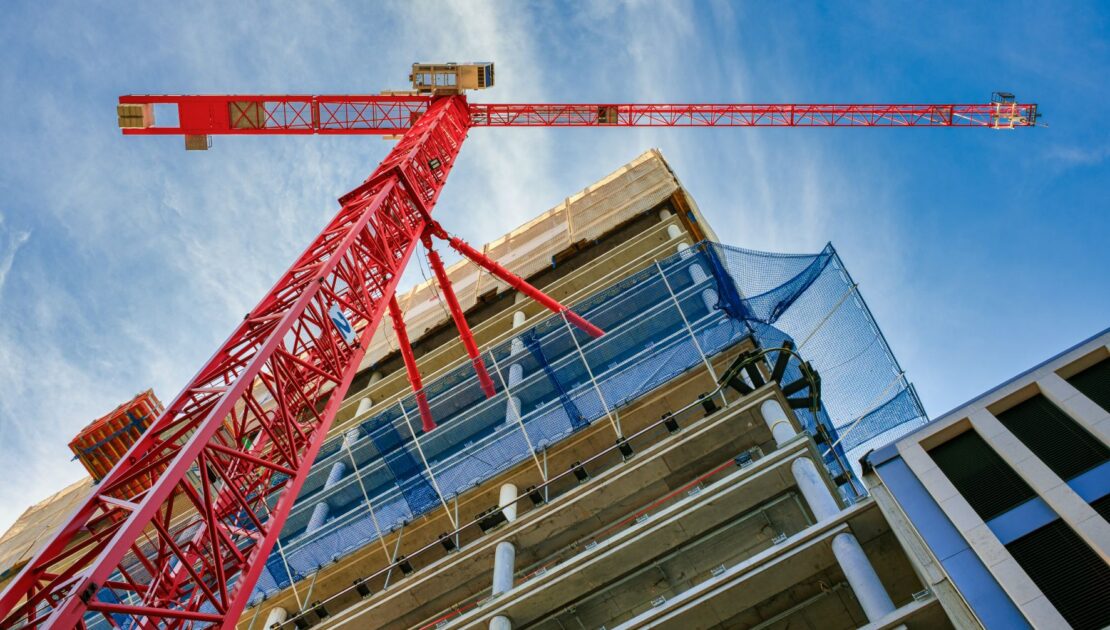Construction Safety Professionals Struggle to Prevent Fall Hazards

Earlier this month, the Occupational Safety and Health Administration announced a new initiative to conduct surprise safety inspections for fall hazards. A day later, the agency announced $32,113 in fines for a Florida construction company where a 19-year-old worker died after falling from a clubhouse roof.
The fines were far from unusual, but the juxtaposition of the two announcements – July 11 and July 12, respectively – highlight an issue safety professionals and regulators have long called problematic: falls from heights are the No. 1 cause of death for workers and the hazard is the No. 1–cited violation year after year; yet it is easy to spot and it is preventable.
Doug Parker, OSHA’s assistant secretary of labor, called the issue “frustrating” for all parties involved, while he was speaking at the American Society of Safety Professionals’ annual conference in Chicago on June 29.
OSHA issued 5,295 fall protection citations in 2001 and it was the 11th consecutive year that fall protection was the No. 1 most-often-cited OSHA violation.
“About 50% of our inspections are in construction” and “about half of those inspections … have identified a fall hazard,” Mr. Parker said. “I can’t think of a rule or hazard where (there are) so many deaths and so much noncompliance.”
In 2021, the Bureau of Labor Statistics reported that falls from elevation led to 351 of the 1,008 deaths among construction workers, or about one-third of construction-related deaths.
Failing to use fall-protection equipment is among the most “visible” workplace safety violations, according to John Ho, a labor and employment attorney and chair of Cozen O’Connor P.C.’s OSHA practice in New York. “If you’ve got folks working on a building and an OSHA inspector drives by, or even a member of the public or another co-worker sees it, this is very visible,” he said.
According to experts, the scene is common: a worker, at an elevation, not protected by a use of a harness or other apparatus. What gives?
It’s a question being addressed by the Silver Spring, Maryland-based Center for Construction Research and Training, which is surveying the construction industry to understand why fall protection practices are so lax. Jessica Bunting, who leads the organization’s Campaign to Prevent Falls in Construction, said some initial reports have provided insight.
She said that one of the most important findings was that company culture often determined whether a worker would use fall-protection equipment.
“Having heard from contractors and others, saying, ‘you know, we provide everything, but then employees aren’t using the fall protection,’ (we found) that it really comes down to the employer,” she said.
The survey revealed that “when employees believed that their company’s fall prevention policy was strongly associated with the use of fall protection and they believed that fall protection was required, they were eight times more likely to use fall protection compared to those who did not believe that it was required,” Ms. Bunting said.
Meanwhile, Mr. Ho said some employers often state in defense of citations that employee misconduct led to lapses in safety. “Somebody takes a shortcut. … They don’t really think of (fall protection); but they have all the equipment provided. For some reason, it wasn’t being used and sometimes people aren’t trained properly on how to use it. And if they do use it, they’re misusing it.”
Jessica Martinez, Los Angeles-based co-executive director for the National Council for Occupational Safety and Health, said investigations must go beyond an individual worker’s behavior.
Lapses in fall-protection protocols usually reflect a systemic failure, she said.
“Let’s suppose the worker is injured or killed falling from a height, and suppose an investigation shows the worker was not wearing a safety harness at the time. If we’re going to blame the worker and focus on the worker’s behavior, then the reason he or she was injured or killed was because he or she failed to wear the safety equipment. Case closed, right? But that’s completely wrong.”
An investigation “must inquire why hazardous conditions occurred,” she said.
“Why is it that the worker assigned to work at a height was not wearing their safety harness? Did the employer provide the safety harness and provide training on how to properly fit and use safety harness? Did the employer supervisors inspect the workplace and ensure that any safety harnesses are available?”
Source – BusinessInsurance.com
